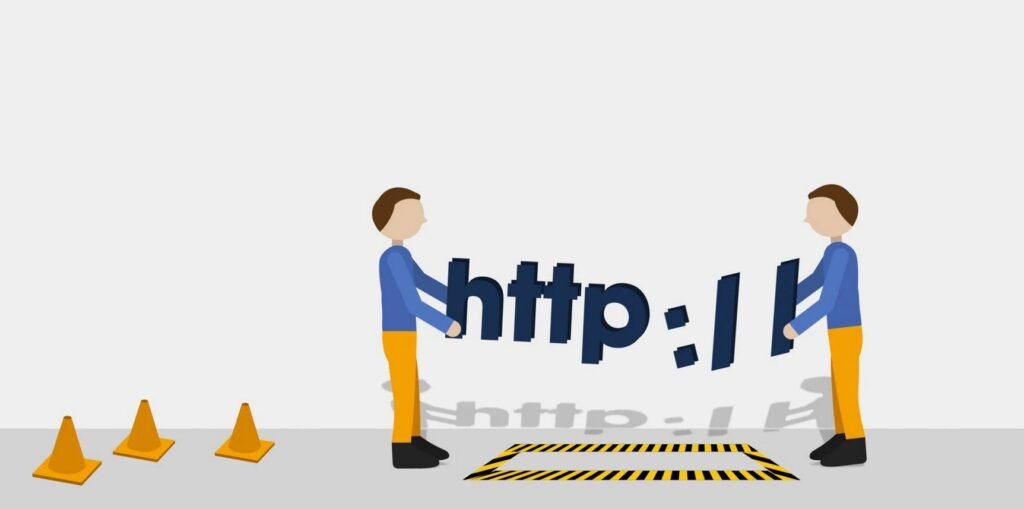
In the vast and interconnected world of the internet, communication between web clients and servers is facilitated by the Hypertext Transfer Protocol (HTTP). This protocol defines a set of status codes that servers use to communicate the outcome of a client’s request. These HTTP status codes serve as a language that informs both users and developers about the success or failure of a particular request.
Let’s delve into the common HTTP status codes and their meanings.
2xx Success
HTTP status codes in the 2xx range indicate that the client’s request was successfully received, understood, and processed by the server.
1. 200 OK: The most well-known status code, 200 OK, indicates that the request was successful, and the server is returning the requested data.
2. 201 Created: This status code signifies that the server has successfully fulfilled the client’s request and has created a new resource as a result.
3xx Redirection
Status codes in the 3xx range indicate that further action is needed to complete the request. The server is redirecting the client to a different location.
3. 301 Moved Permanently: This status code informs the client that the requested resource has been permanently moved to a new URL. Subsequent requests should be made to this new location.
4. 302 Moved Temporarily: Similar to the 301 code, a server responds with a 302 status code when the requested resource is temporarily located at a different URL. The client should use the new URL for the current request but keep the old URL for future requests.
5. 304 Not Modified: When a client sends a conditional GET request to the server, this status code indicates that the requested resource has not been modified since the last time it was requested. The server responds without sending the resource, instructing the client to use the cached version.
4xx Client Error
Status codes in the 4xx range indicate that the client’s request was faulty or cannot be fulfilled by the server.
6. 400 Bad Request: This status code is returned when the server cannot understand the client’s request due to malformed syntax.
7. 401 Unauthorized: When a client attempts to access a protected resource without proper authentication credentials, the server responds with a 401 status code, indicating that the request requires user authentication.
8. 403 Forbidden: A server sends a 403 status code when the client’s request is understood, but the server refuses to fulfill it. This status is often triggered when the user doesn’t have the necessary permissions to access the requested resource.
9. 404 Not Found: Perhaps one of the most common status codes encountered, 404 indicates that the requested resource could not be found on the server. This might be due to a mistyped URL or a resource that has been removed or relocated.
10. 405 Method Not Allowed: If a client attempts to use an HTTP method that is not supported by the server for the requested resource, the server responds with a 405 status code.
5xx Server Errors
Status codes in the 5xx range indicate that the server encountered an error while processing the request.
11. 500 Internal Server Error: When an unexpected condition is encountered by the server, it responds with a 500 status code. This indicates that something has gone wrong on the server’s end, and the request cannot be completed.
Conclusion
HTTP status codes play a critical role in enabling effective communication between clients and servers on the web. Understanding the meanings of these status codes helps users and developers diagnose issues, troubleshoot errors, and take appropriate actions when interacting with websites and web applications.
By grasping the language of HTTP status codes, we can navigate the complexities of the internet with more clarity and confidence, both as users and creators of web experiences.
You may also like:- How To Fix the Crowdstrike/BSOD Issue in Microsoft Windows
- MICROSOFT is Down Worldwide – Read Full Story
- Windows Showing Blue Screen Of Death Error? Here’s How You Can Fix It
- A Guide to SQL Operations: Selecting, Inserting, Updating, Deleting, Grouping, Ordering, Joining, and Using UNION
- Top 10 Most Common Software Vulnerabilities
- Essential Log Types for Effective SIEM Deployment
- How to Fix the VMware Workstation Error: “Unable to open kernel device ‘.\VMCIDev\VMX'”
- Top 3 Process Monitoring Tools for Malware Analysis
- CVE-2024-6387 – Critical OpenSSH Unauthenticated RCE Flaw ‘regreSSHion’ Exposes Millions of Linux Systems
- 22 Most Widely Used Testing Tools








